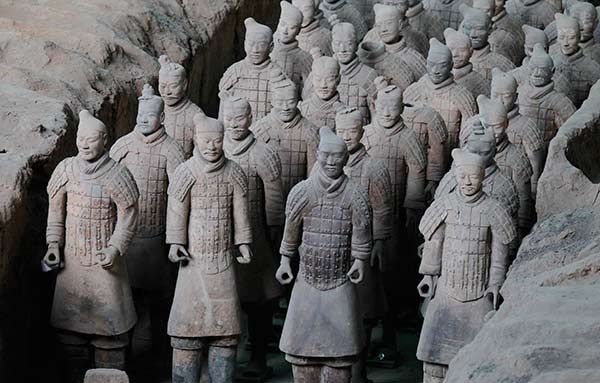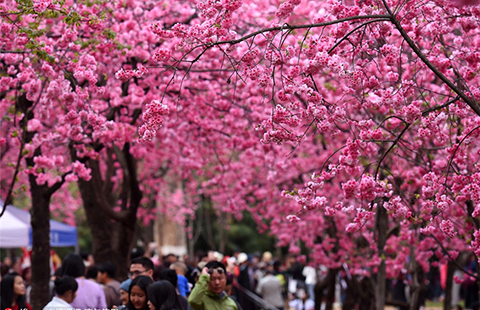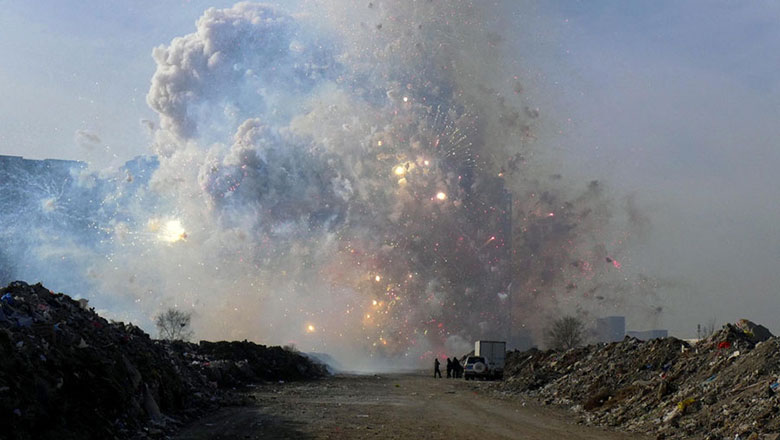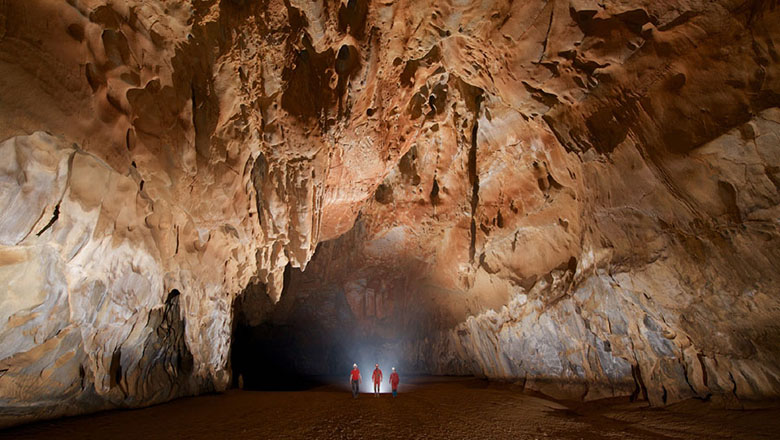Qinshihuang's Terracotta Warriors may be inspired by Greece
Updated: 2016-10-13 11:43
(chinadaily.com.cn)
|
||||||||
 |
|
Terracotta Warriors at the Emperor Qinshihuang's Mausoleum Site Museum in Xi'an, Shaanxi province [Photo by Zhu Xingxin/Asianewsphoto] |
According to the reports from BBC and US's National Geographic, archaeologists claim that the latest study has shown that the Terracotta Warriors and Horses in the Emperor Qinshihuang's mausoleum in China may be inspired by ancient Greeks.
They said that ancient Greek artisans could have been to the then Qin Dynasty (221-206 BC) in the third century BC and trained the local artisans to build the Terracotta Warriors and Horses.
Besides, archaeologists also discovered that European mitochondrial DNA was found in the Qin Dynasty ruins in China's Xinjiang, which shows that Westerners may have come to China during the Qinshihuang (China's first emperor)'s reign. This is more than 1,500 years earlier than Marco Polo's journey to China in the 13th century.
BBC and National Geographic have shot a documentary based on these findings, which are derived from archaeologists' discoveries in the Emperor Qinshihuang's Mausoleum Site Museum.
Liu Xiuzhen, an archaeologist from the museum said, "We now have evidence that close contact existed between China and the West before the formal opening of the Silk Road. This is far earlier than we formerly thought."
Experts said there is evidence from the sculptural style of the Terracotta Warriors, as China didn't have a tradition of building life-sized human statues before the Qinshihuang tomb was created.

 Take a glimpse into soccer-related gifts of Xi
Take a glimpse into soccer-related gifts of Xi
 Precious relics of debauched king on display in Jiangxi
Precious relics of debauched king on display in Jiangxi
 In pics: Britain's Kate visits the Netherlands
In pics: Britain's Kate visits the Netherlands
 Qizai, rare brown giant panda in China
Qizai, rare brown giant panda in China
 Everything you always want to know about Macao
Everything you always want to know about Macao
 World's top 10 most valuable unicorn companies
World's top 10 most valuable unicorn companies
 Carver finds fame, money in wood sculptures
Carver finds fame, money in wood sculptures
 Missile destroyer to become local military-themed park
Missile destroyer to become local military-themed park
Most Viewed
Editor's Picks

|

|

|

|

|

|
Today's Top News
Trump outlines anti-terror plan, proposing extreme vetting for immigrants
Phelps puts spotlight on cupping
US launches airstrikes against IS targets in Libya's Sirte
Ministry slams US-Korean THAAD deployment
Two police officers shot at protest in Dallas
Abe's blame game reveals his policies failing to get results
Ending wildlife trafficking must be policy priority in Asia
Effects of supply-side reform take time to be seen
US Weekly

|

|









